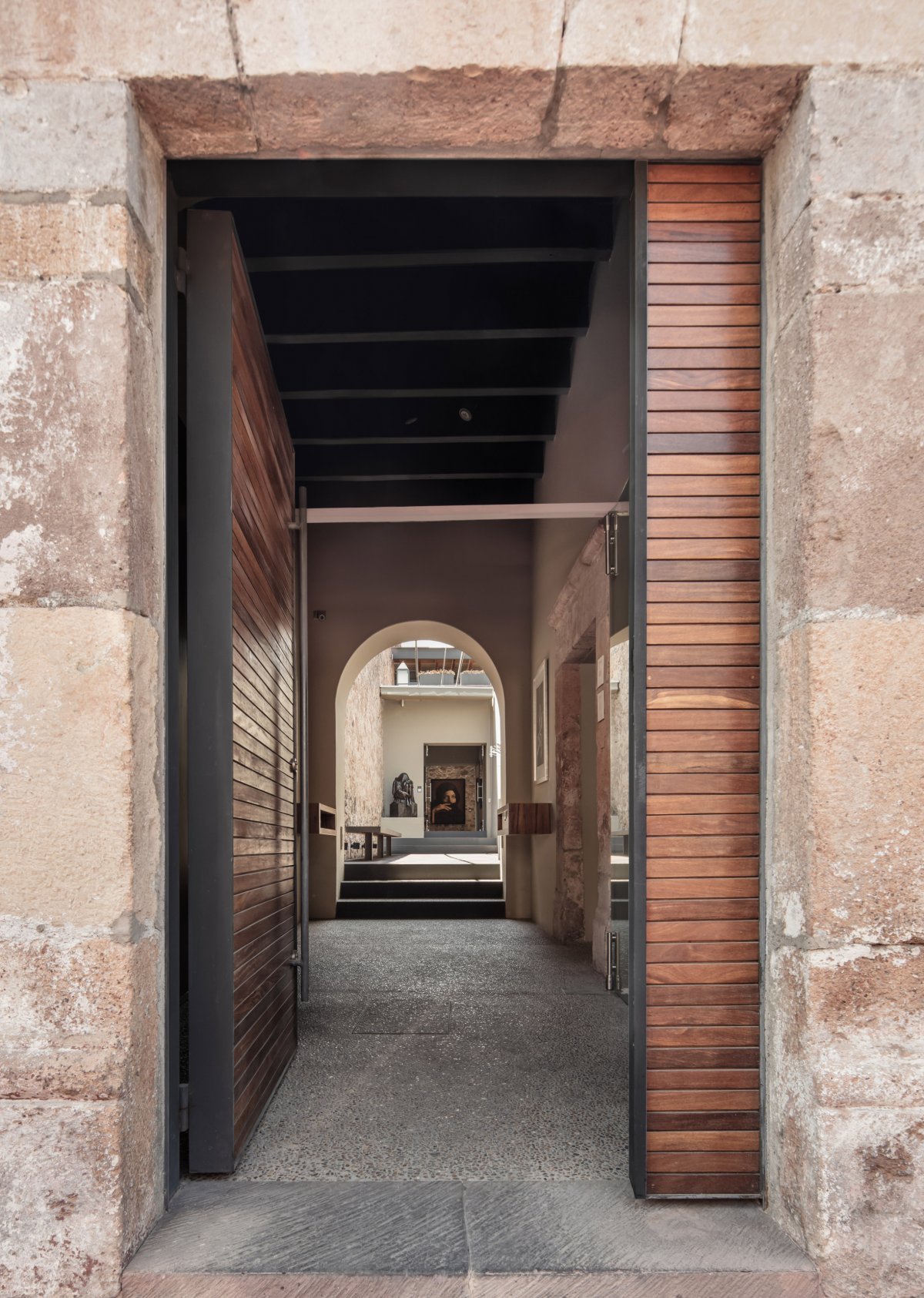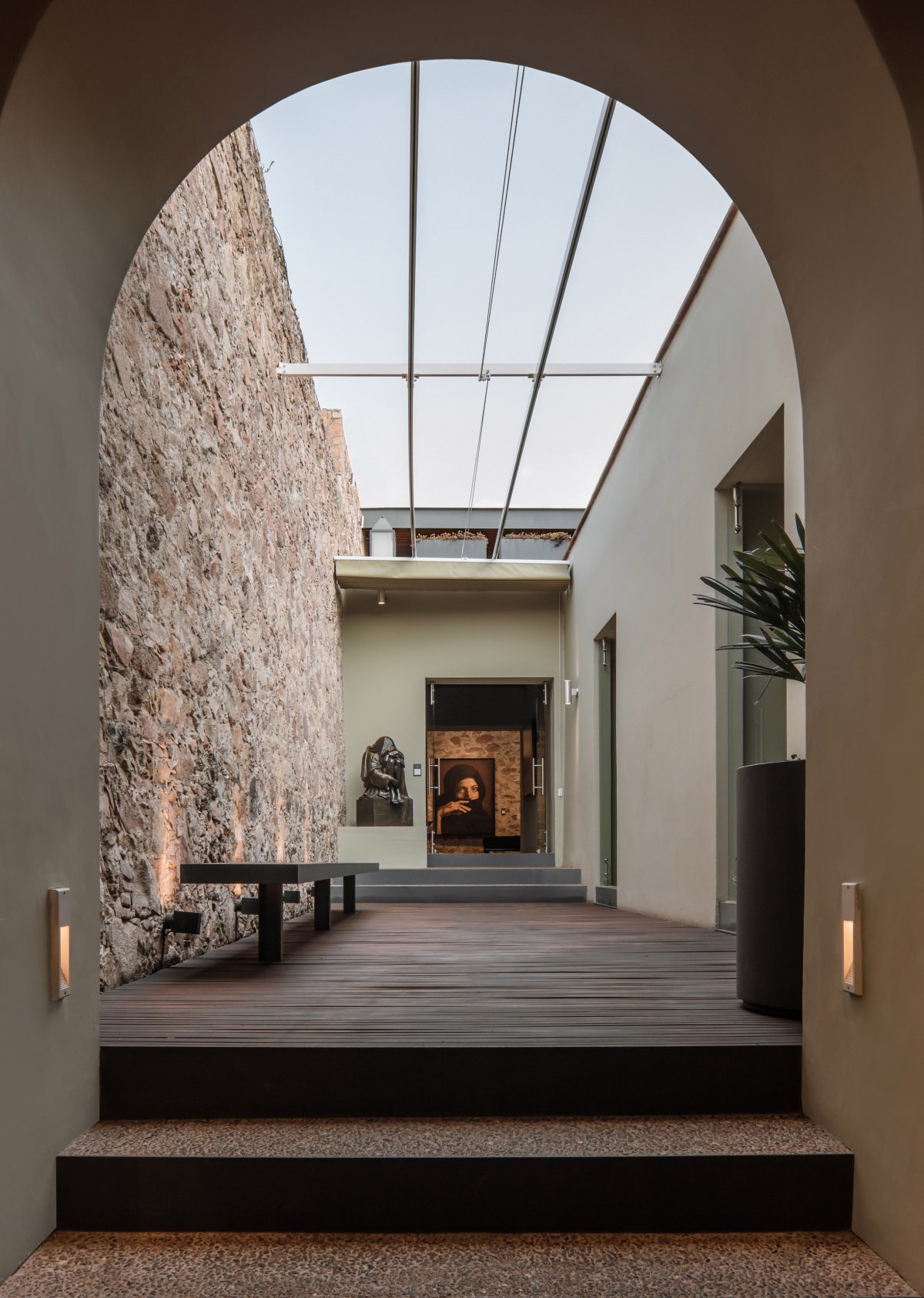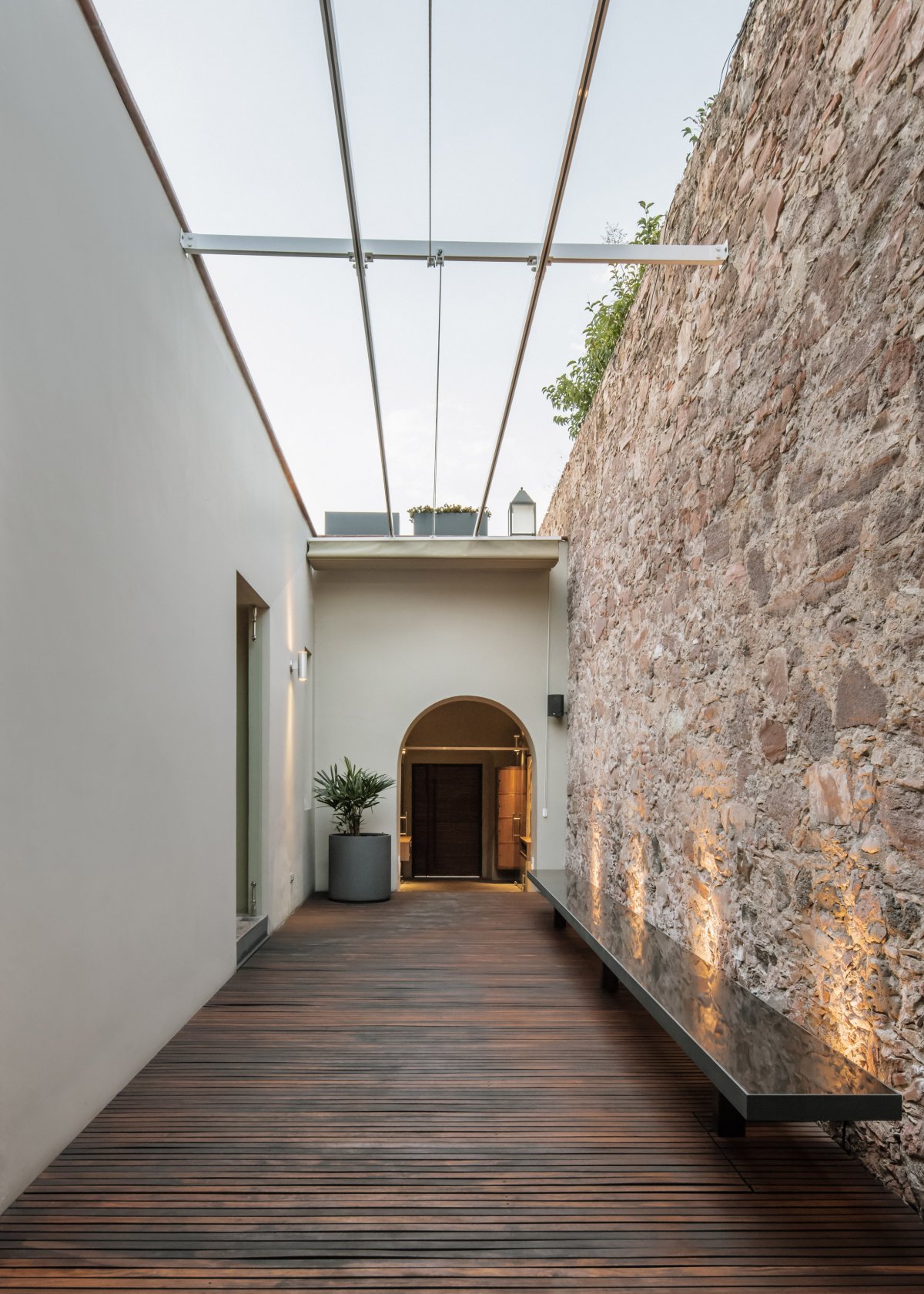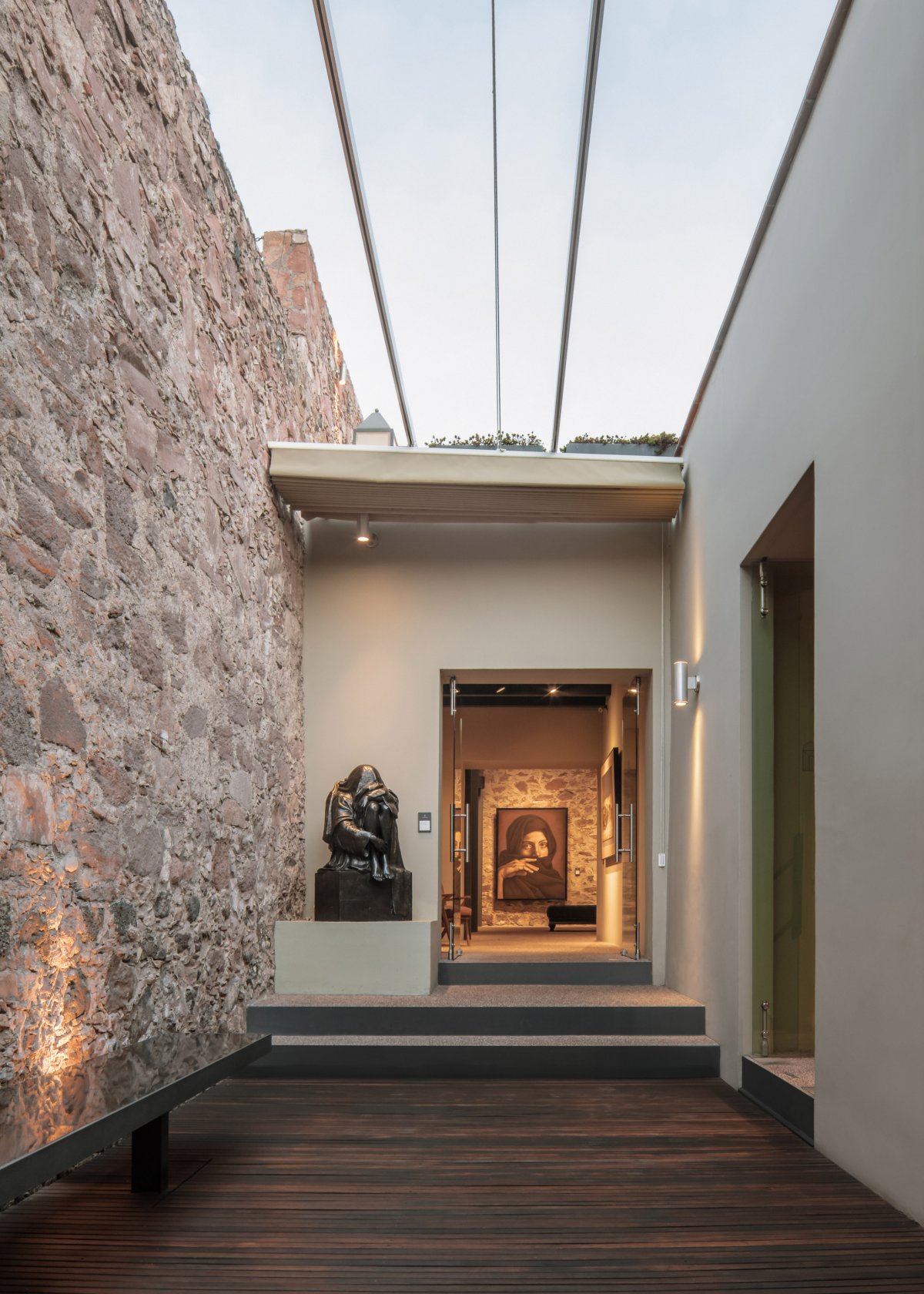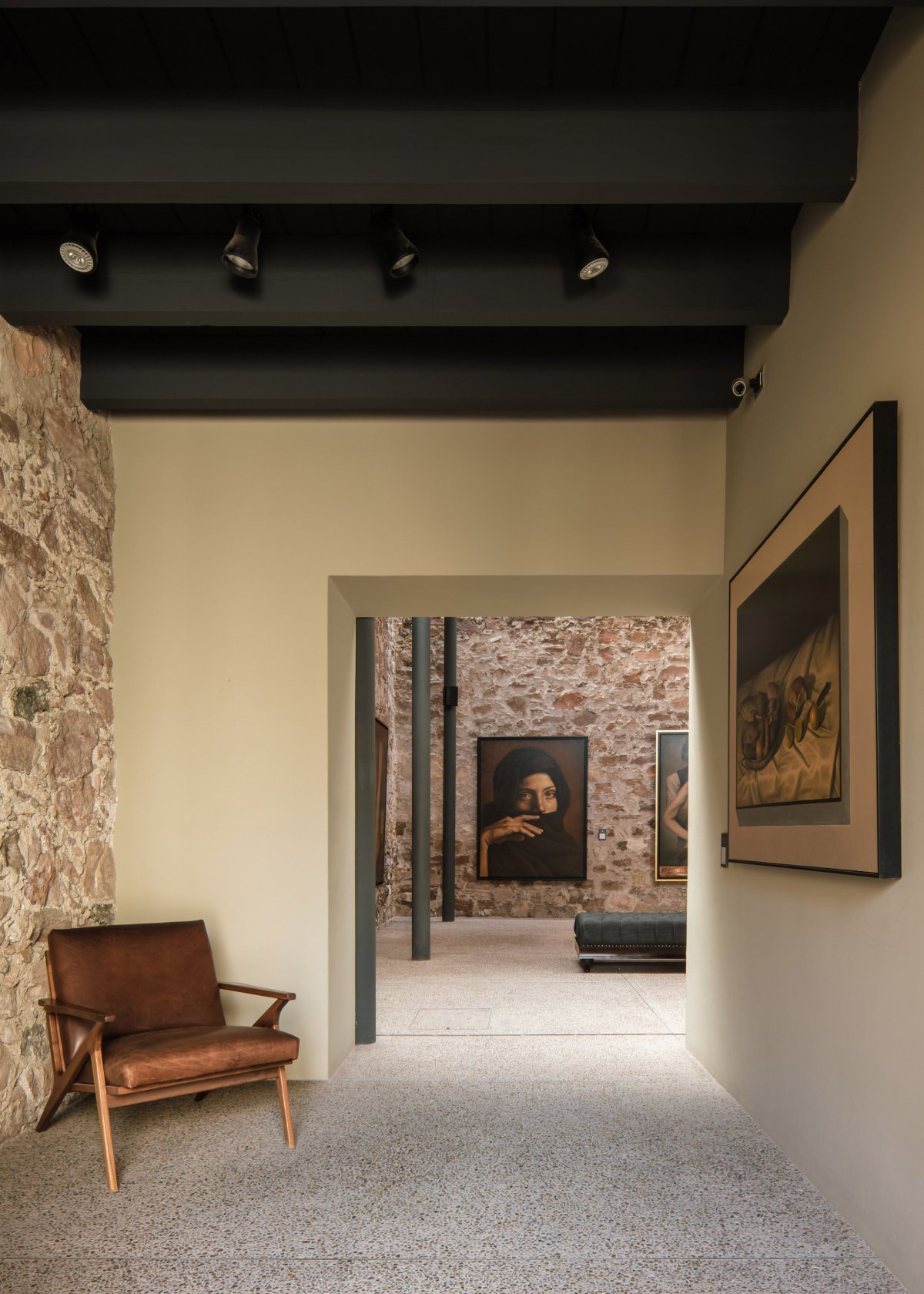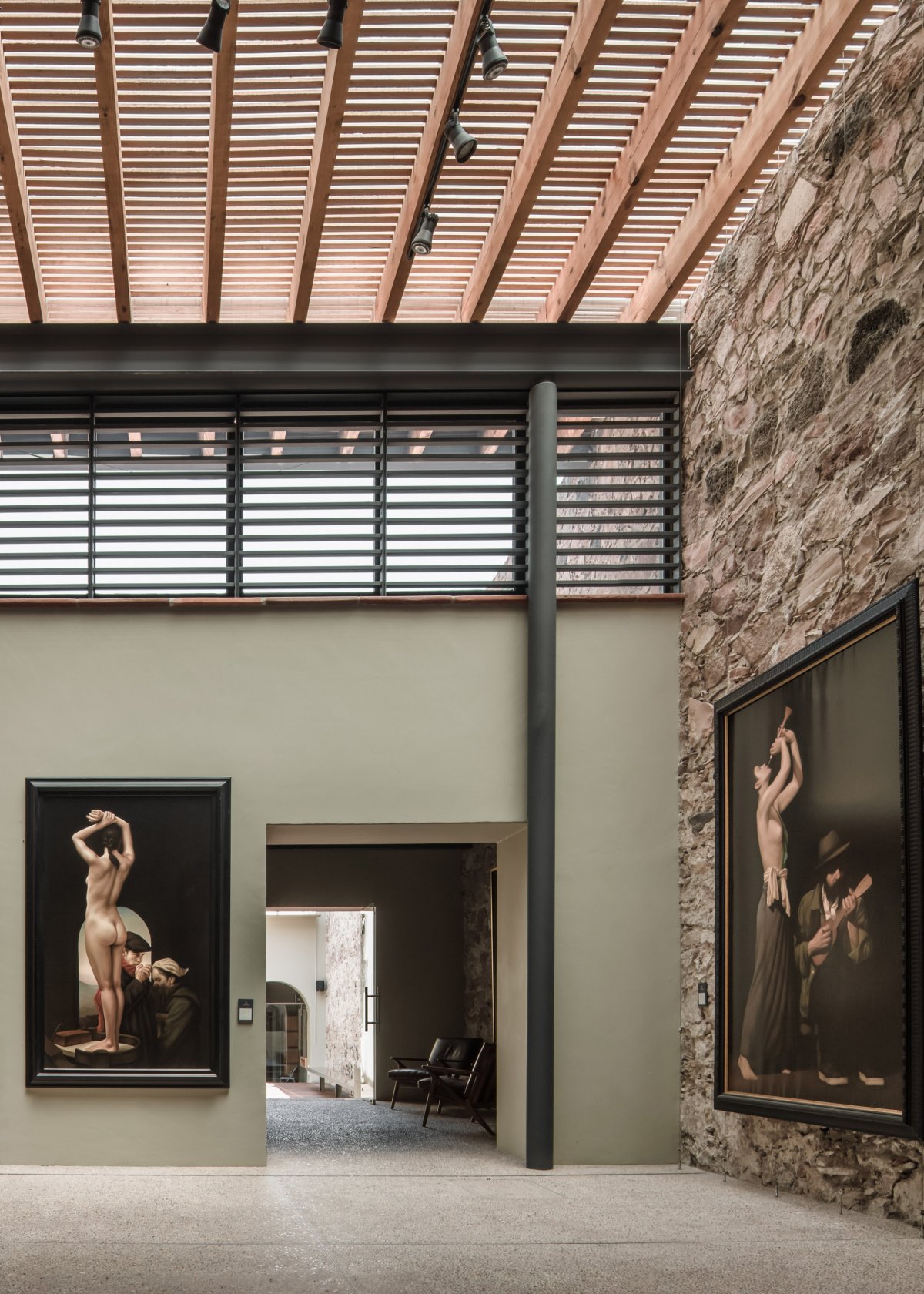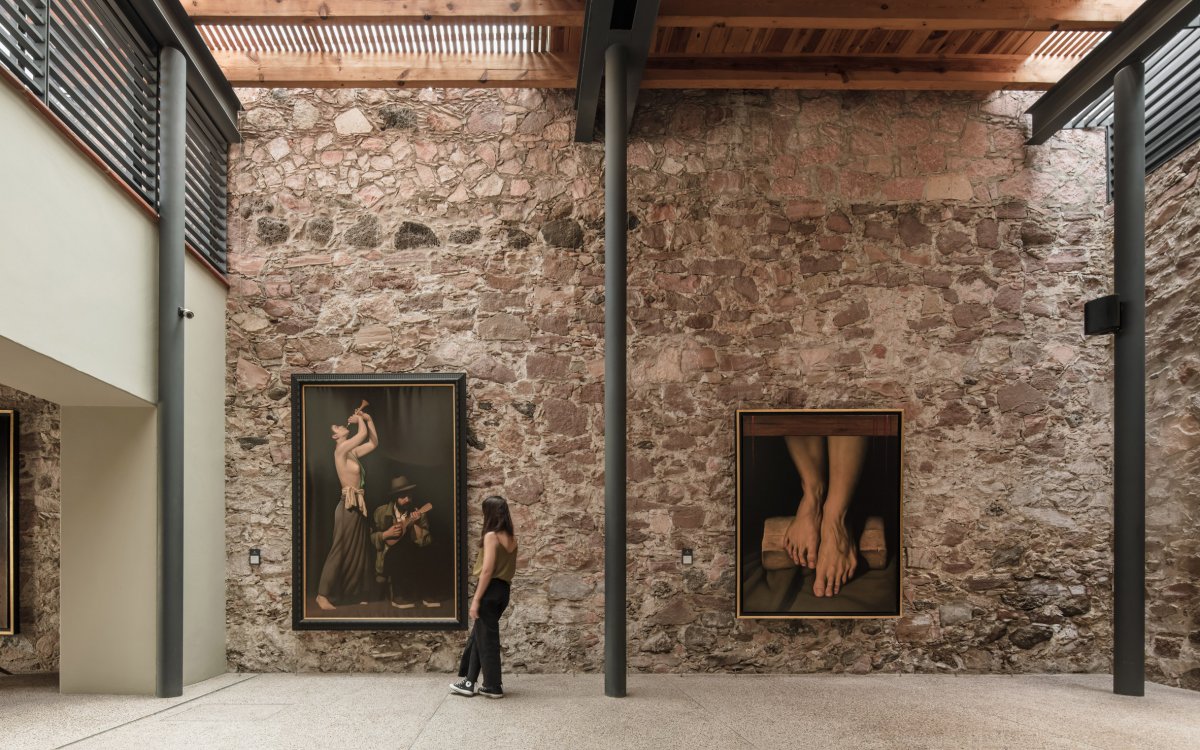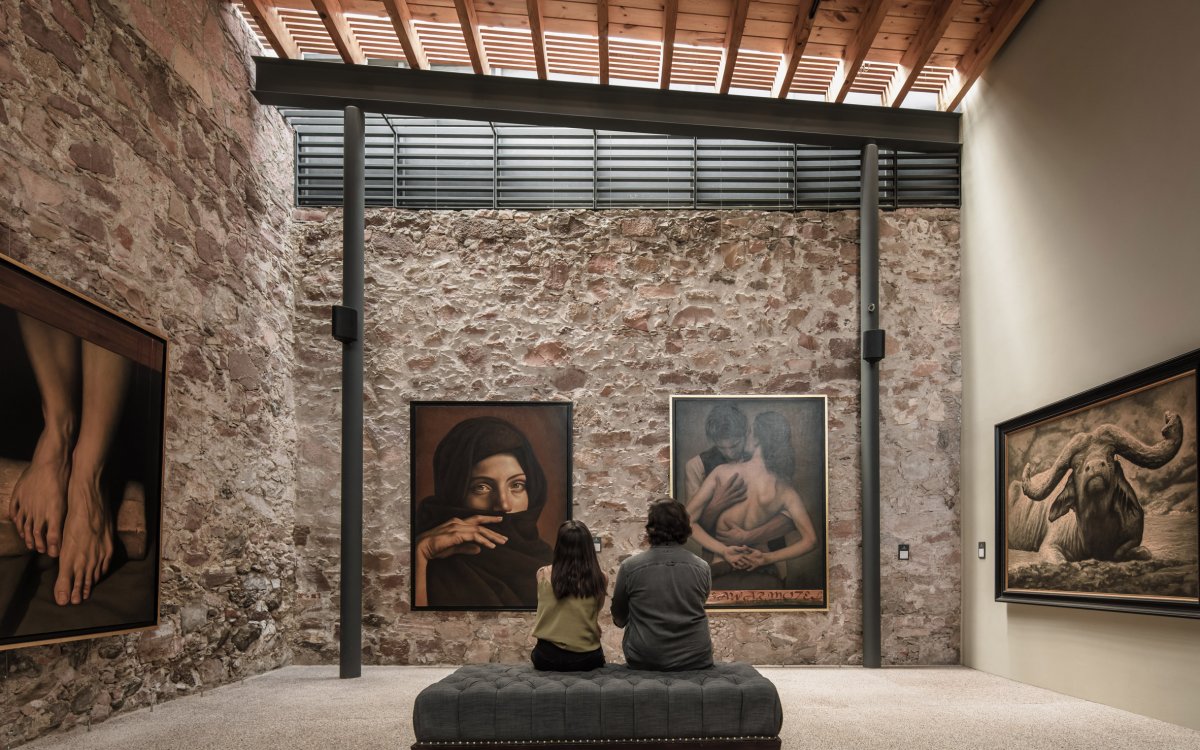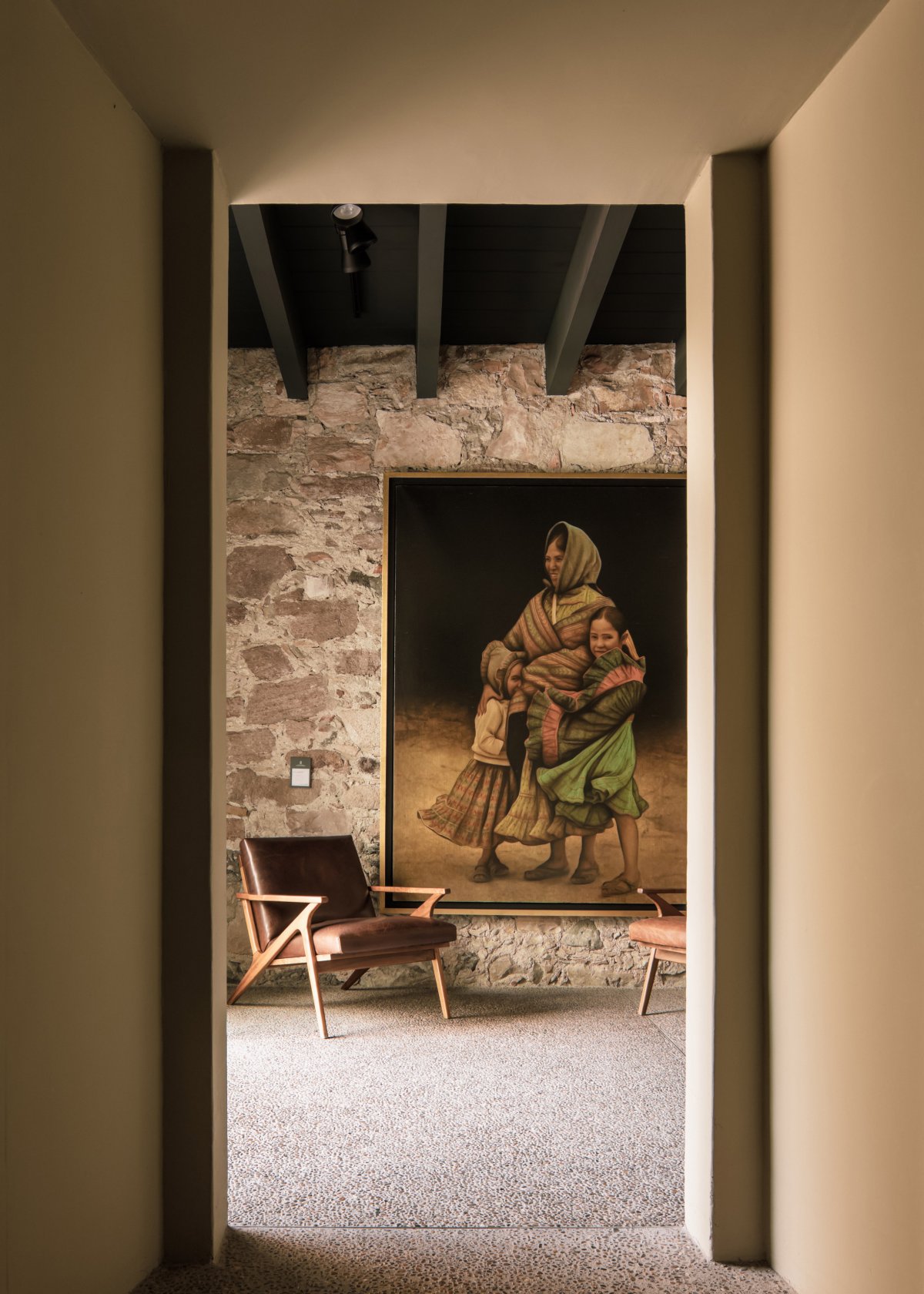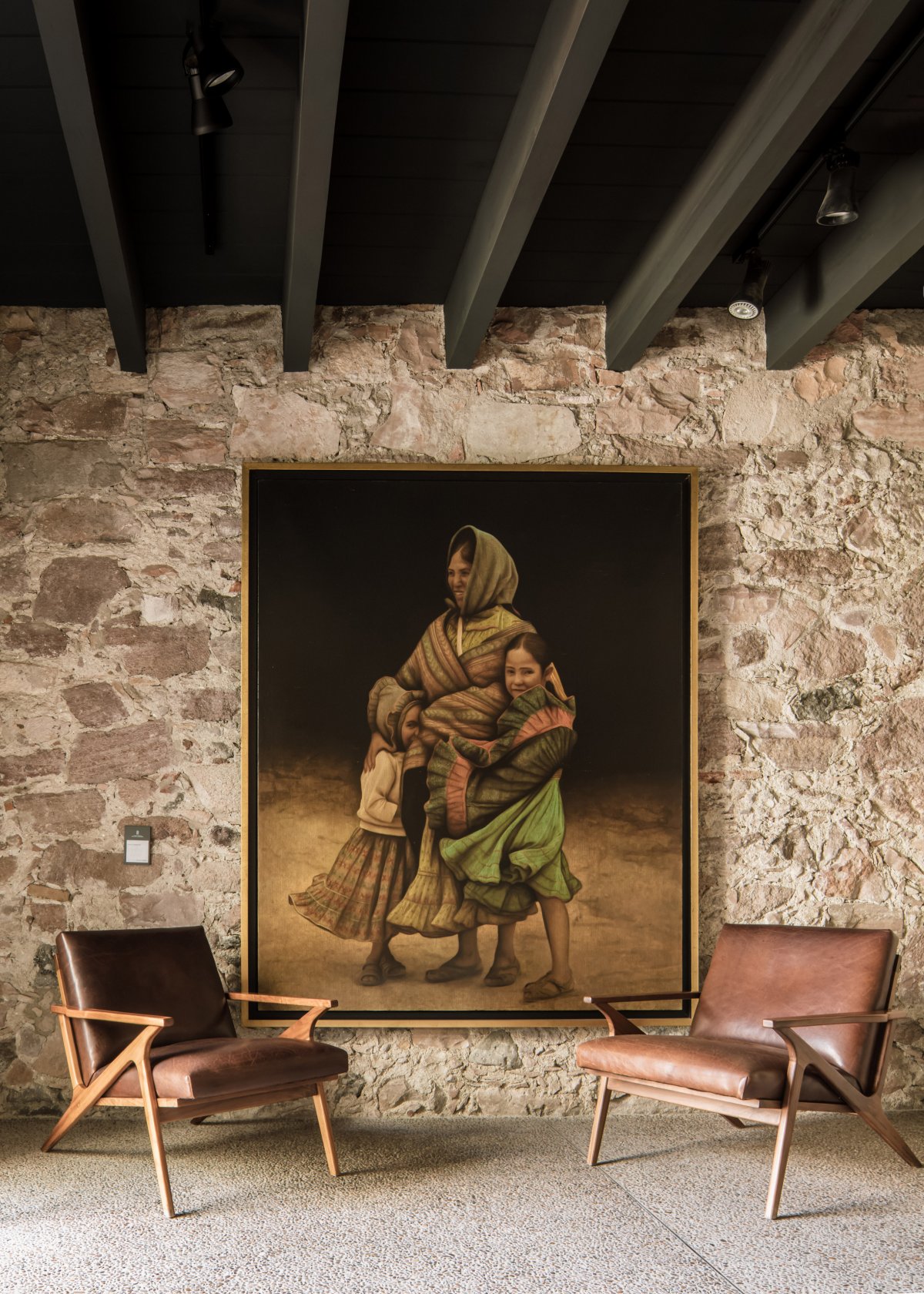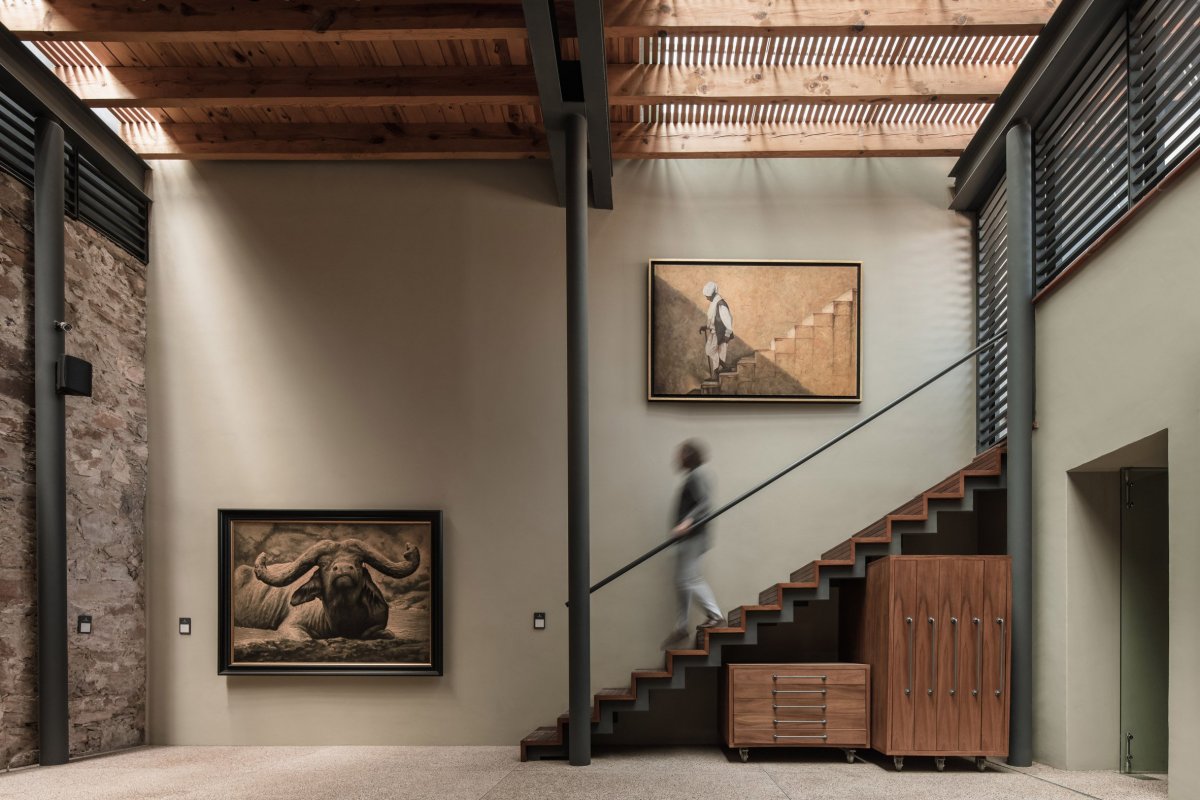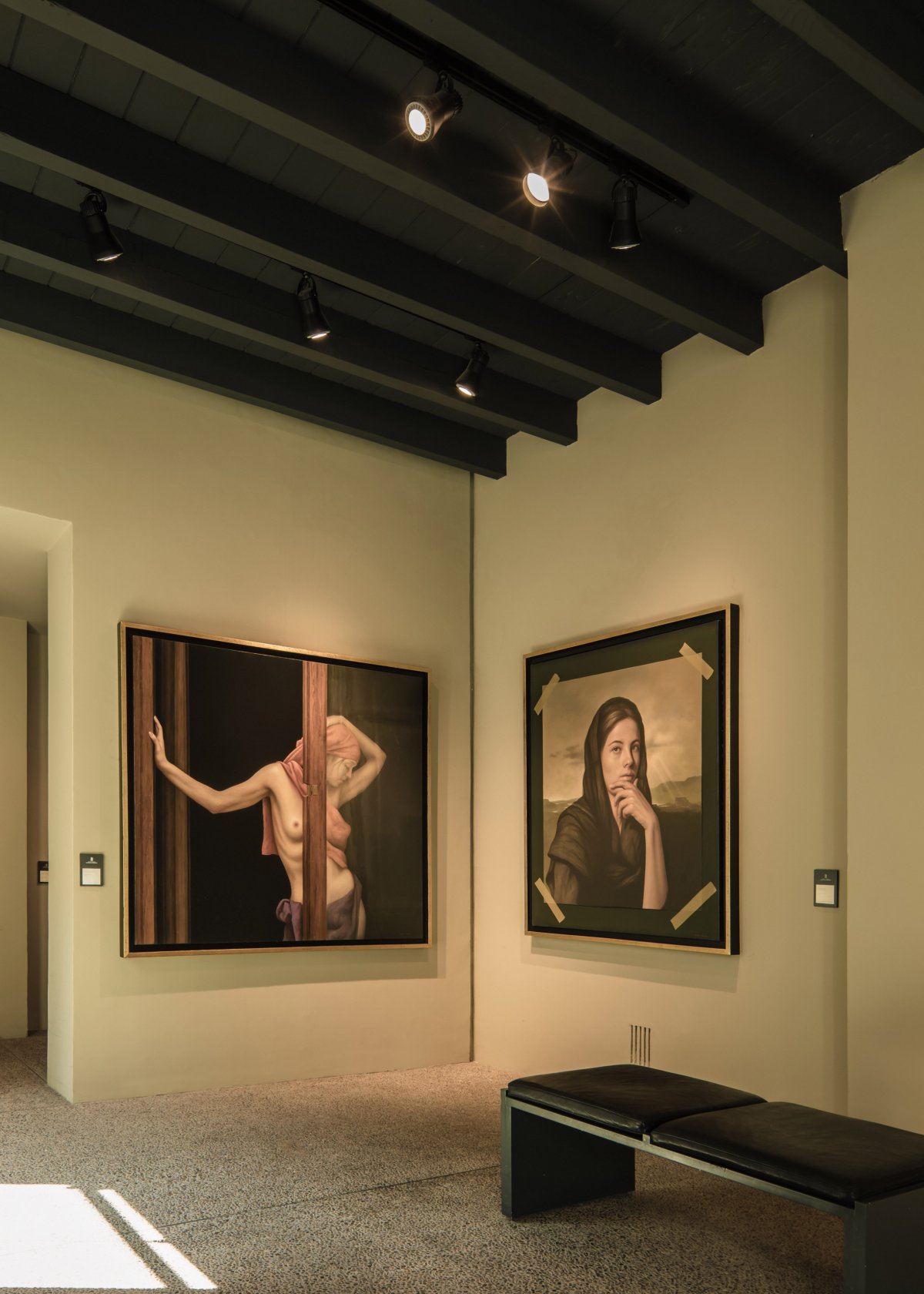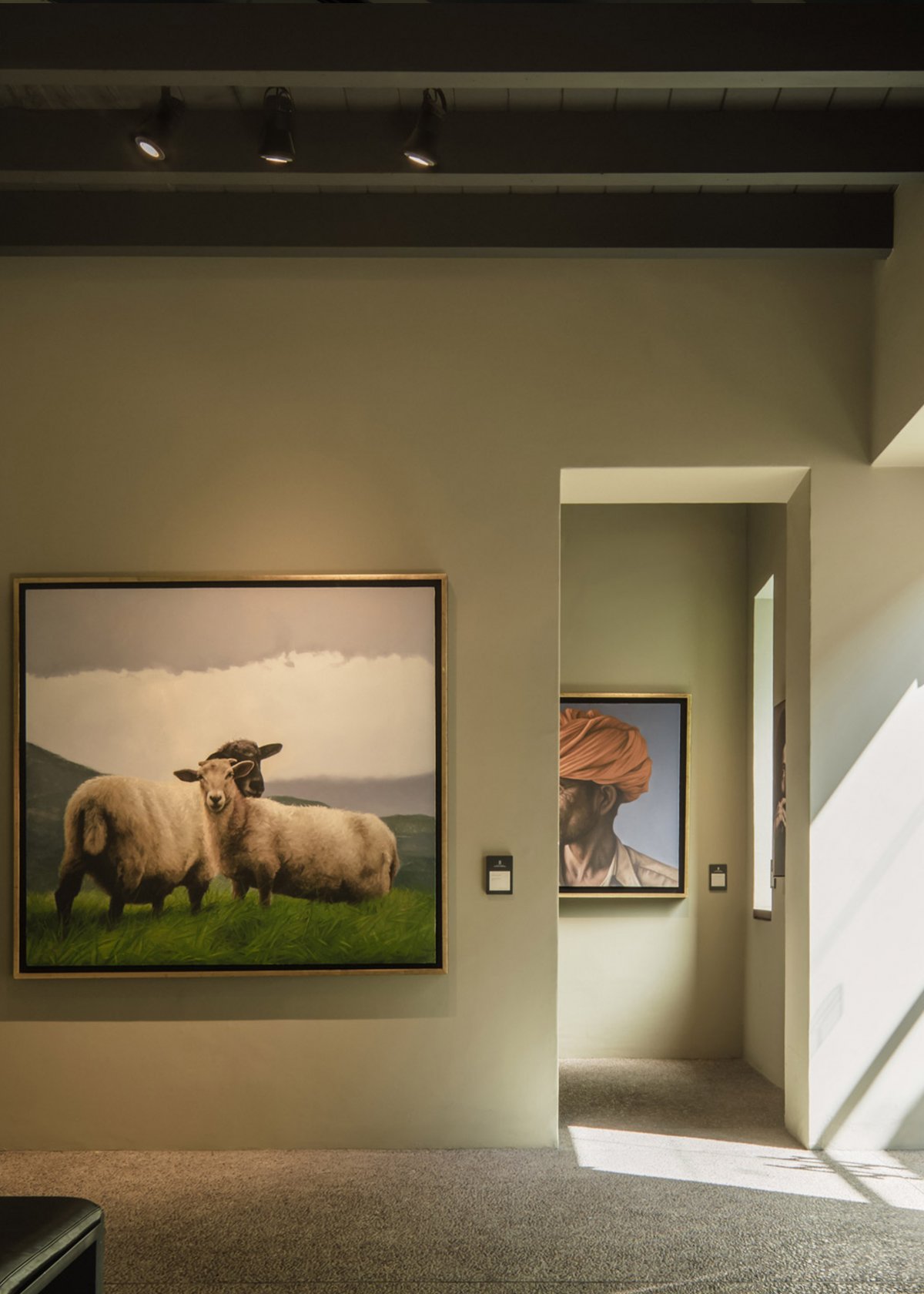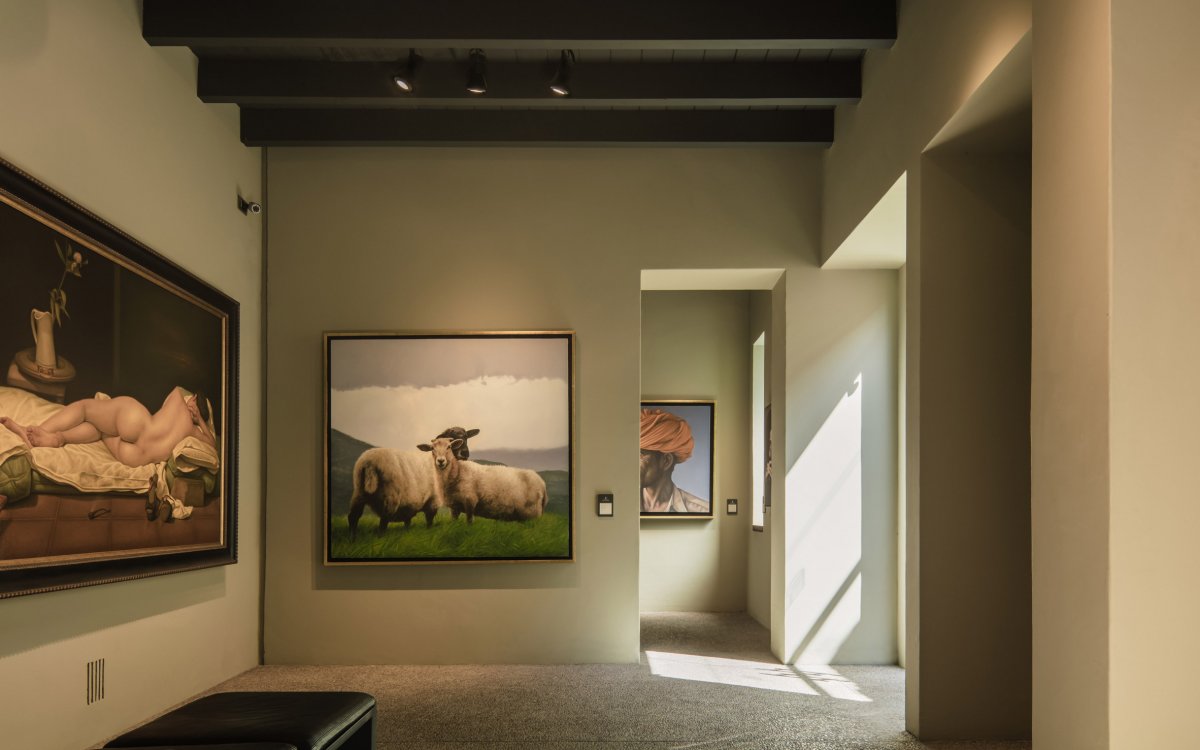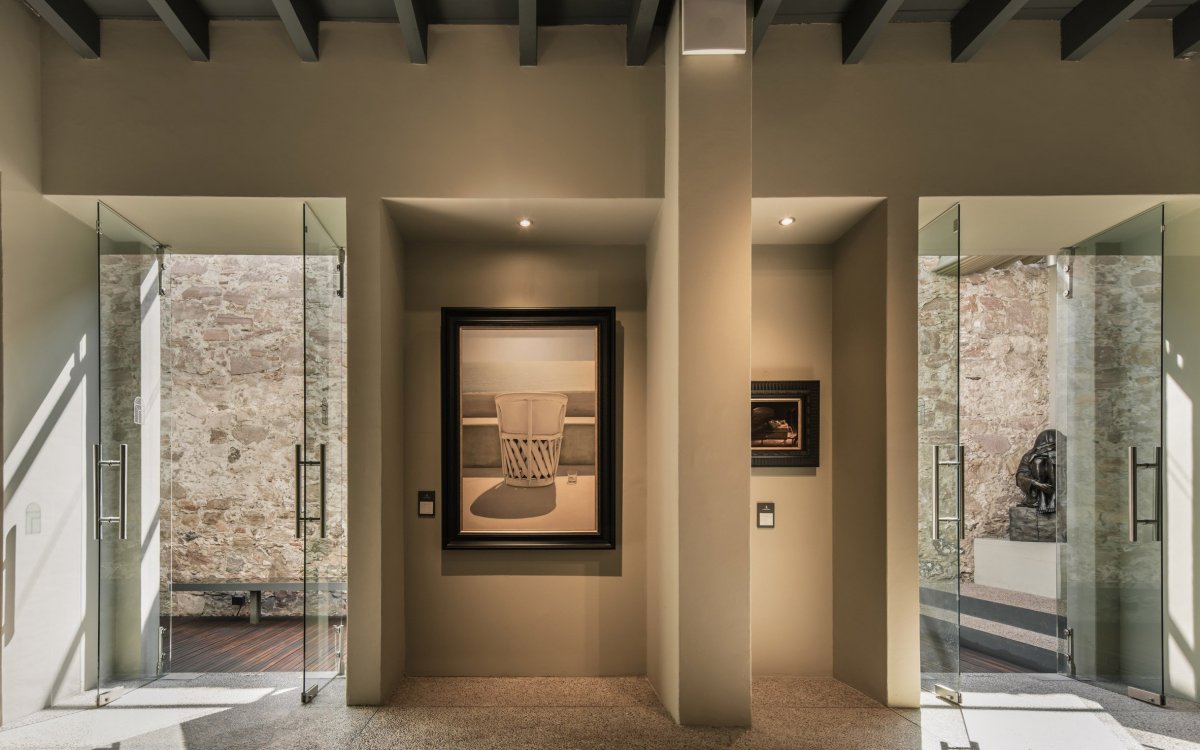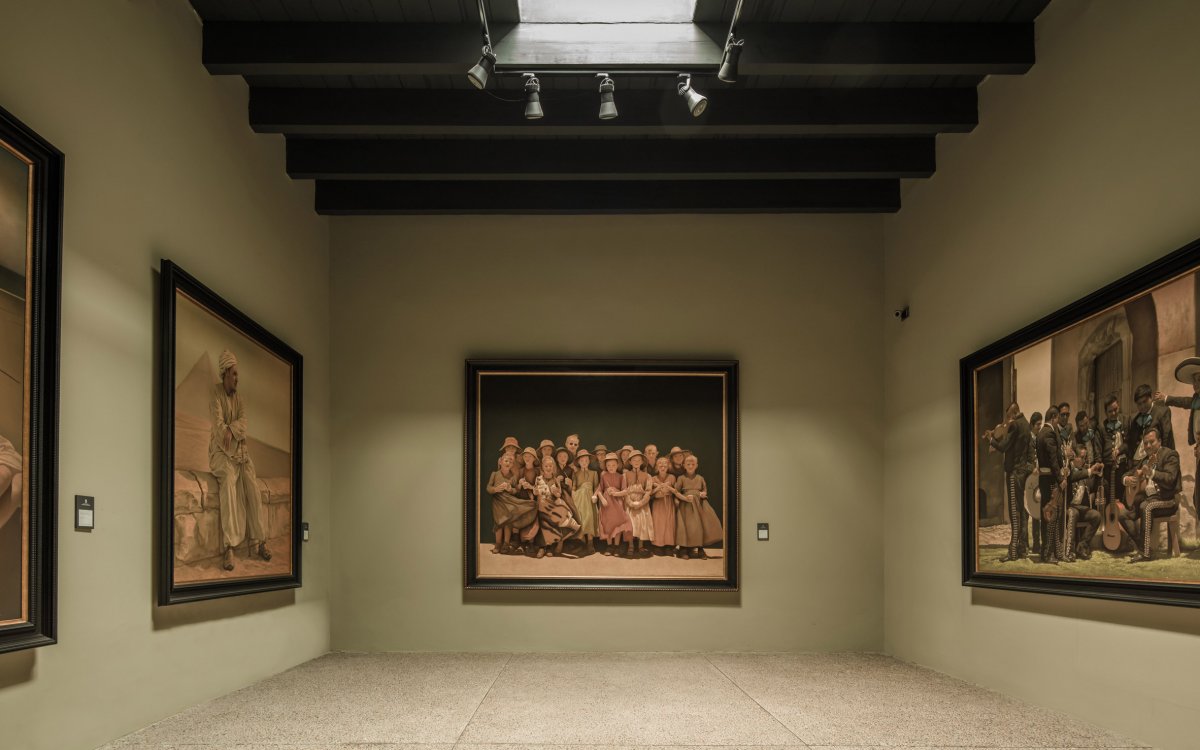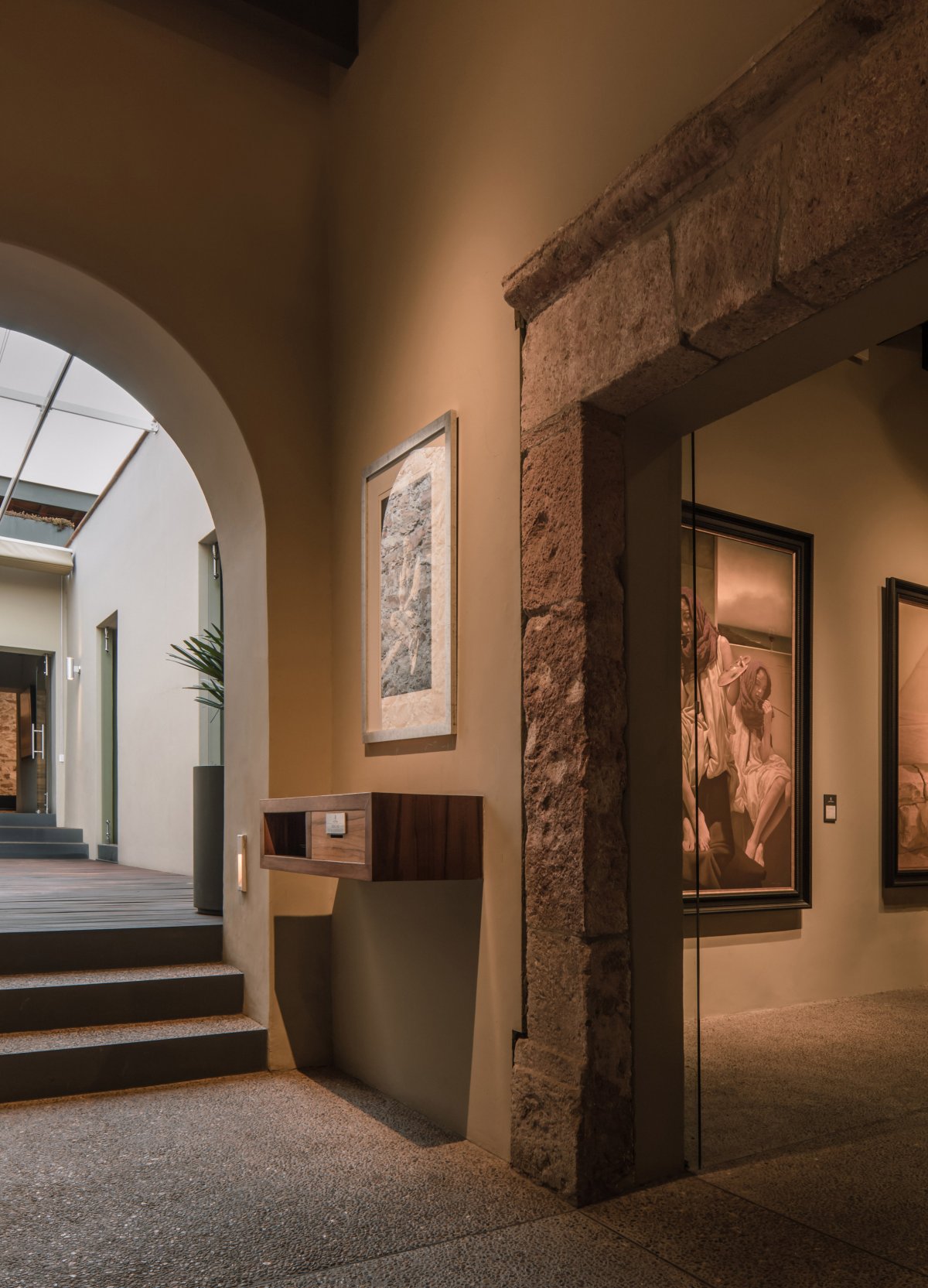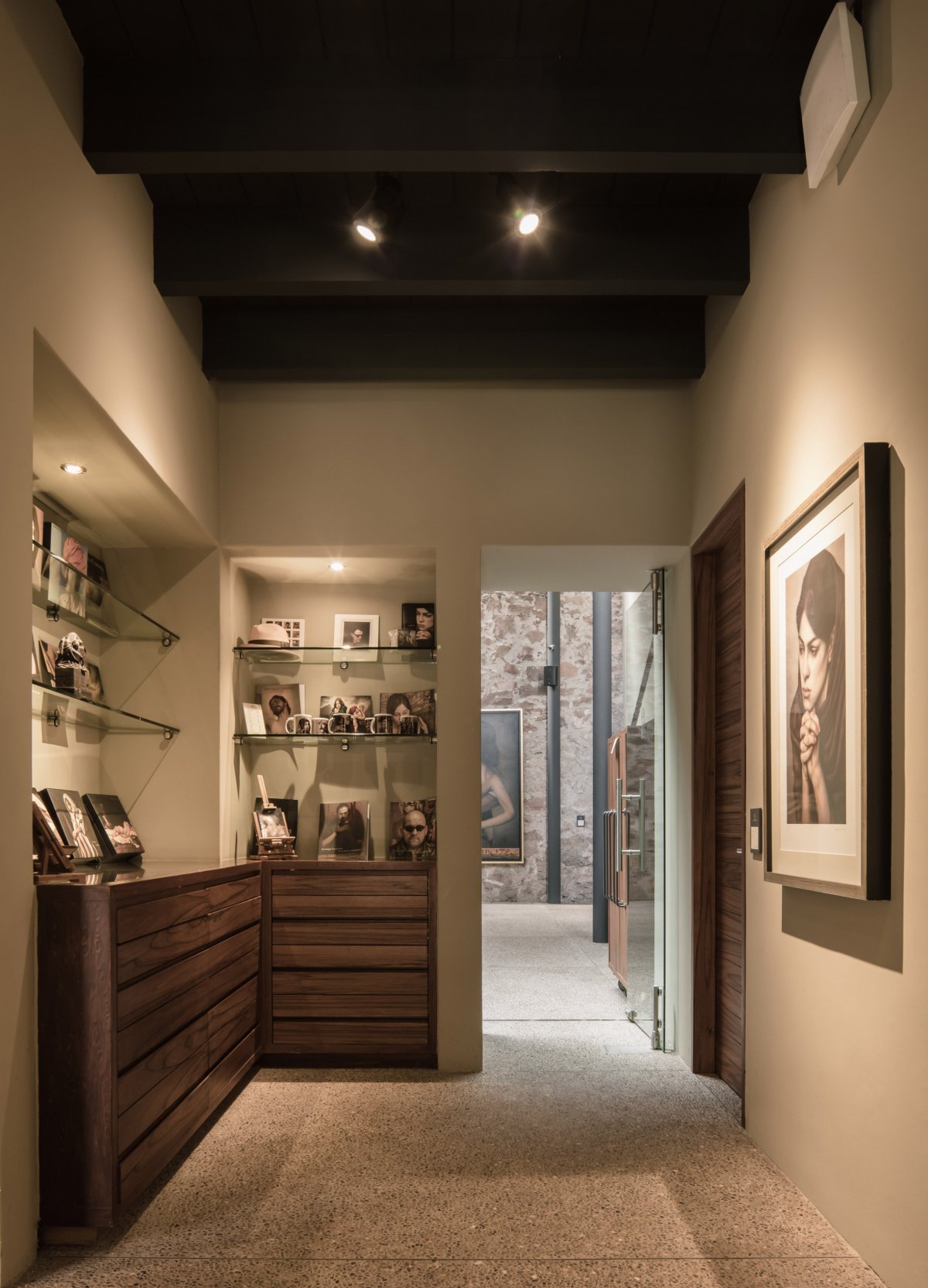
Miguel Concha has renovated a historical building in the Mexican city of Querétaro to create new gallery spaces for the work of painter Santiago Carbonell. The original structure, which dates back to 1760, was converted into a museum by the Santiago Carbonell Foundation, an organisation dedicated to preserving and showcasing the work of Carbonell, a Mexican-born painter who grew up in Spain and is known for his realistic portraits. He currently resides in Querétaro.
Commissioned by the foundation to revitalize the building, architecture studio Miguel Concha Arquitectura transformed the existing rooms into galleries and created a new roof terrace for the museum, enhancing the spatial quality of the existing building by subtly combining solid historical elements with a lighter structure.
The reuse strategy for the existing building starts with the restoration of the original structure and minor modifications in order to adapt the building for its new use as a museum. The street-facing facade was restored and covered with a smooth plaster surface, painted grey. Aspects of the historic building, including a door and window, were preserved, indicating the age of the compact structure.
In the centre of the gallery is a courtyard, allowing the wings of the gallery to receive some indirect natural light. Colonial homes in Querétaro often have this feature, which is well suited to the region's harsh sunlight. The courtyard functions as a breezeway that connects the entrance with the various galleries along the sides and at the back of the structure. To avoid excessive glare, the architects installed a retractable cloth shading system over the courtyard and also installed wooden slats to cover some of the windows and doors.
At the back of the space, the architect's intervention is more apparent. A new, raised ceiling supported by steel beams spans the width of the building, creating a more spacious gallery where existing walls were removed. These steel supports rest on new columns, to avoid interfering with the building's original stone walls. Within the main gallery, a new staircase leads up to the roof, where visitors can look out onto the neighbouring streetscape. Upstairs, there are several casual seating areas for museum visitors' use.
- Interiors: Miguel Concha
- Photos: Ariadna Polo
- Words: Gina

